Ho Chi Minh City is building a public transport-oriented urban development strategy (TOD) along metro lines and Ring Roads 2 and 3. This not only reduces traffic pressure, but also lays the foundation for building a modern and convenient living environment.
9 TOD development locations
The TOD model is an optimal solution that has been successfully applied by major cities around the world. TOD not only helps reduce travel time but also creates urban areas that effectively connect places of residence, work and entertainment.

Tan Binh District Exhibition - Sports Center (5.1 ha) where TOD will be developed in the future.
According to Giao Thong Newspaper, in the period of 2024-2025, Ho Chi Minh City plans to develop TOD at 9 locations. Of which, metro line 1 will develop TOD around Phuoc Long station (Truong Tho area, Thu Duc city), with an area of over 160 hectares. Metro lines 2 and 3 will implement TOD at Tay Thanh, Tan Binh Exhibition Center, C30 area near Le Thi Rieng station, etc.
With Ring Road 3, there are 5 TOD development locations, including: Coconut Farm land and Long Binh land in Thu Duc City; Tan Hiep area, area 6 Xuan Thoi Thuong and Xuan Thoi Son area, in Hoc Mon district.
The total area of these TODs is over 1,000 hectares and each urban area is almost a miniature satellite city of the central areas.
According to architect Ngo Viet Nam Son, this model not only helps reduce private vehicles and traffic congestion, but also encourages a friendly lifestyle, helps increase the value of areas around metro stations, and is a favorable location for developing services and commerce.
Mr. Son said that, in the immediate future, Ho Chi Minh City needs to focus on doing well on metro line 1. For the metro to be effective, the city needs to solve challenges from organizing connecting buses, building suitable parking lots, to developing urban areas along the route.
More importantly, it takes time and strategy to change people's travel habits, encouraging them to switch to taking the metro and walking short distances.
Three models are expected
Ho Chi Minh City has proposed three TOD implementation models along metro and belt routes. First, the TOD model in the core station area (within a radius of 400 - 500m).
This model will develop optimal high-density urban areas; mixed-use, multi-functional, commercial - service land combined with housing; walking is the main form of transportation in the TOD area; external transportation is mainly by urban railway.

Block I/82a, Tay Thanh (26.65 ha) has been left vacant and wasted for many years.
Second, the TOD model in the station transition area (outside the 400 - 500m radius and within the 800 - 1,000m radius), high-density urban development; mixed land use with housing and social service facilities; internal traffic is mainly by foot and bicycle; traffic connection to the station is by bus or light personal vehicles (bicycles, electric cars, etc.); external traffic is mainly urban railway.
Finally, the urban model is concentrated in the vicinity of the intersections of Ring Road 3. This model develops in the direction of forming concentrated residential areas, urban functional areas, industrial parks, logistics, etc.
In which, developing mid-high-rise urban areas around the central core, using mixed land for residential areas and social services; internal traffic mainly by bicycles and electric cars; external traffic mainly connecting branch roads and public transport.
Capable of implementation
Dr. Nguyen Huu Nguyen, Ho Chi Minh City Urban Development Planning Association, said that Ho Chi Minh City can completely implement the TOD model because planning capacity and construction technology are both within reach.

Developing TOD along the metro line will bring economic and social benefits.
Of the three TOD models mentioned above, Mr. Nguyen believes that options 2 and 3 are more suitable. Not only focusing on traffic infrastructure connections, TOD areas need to be comprehensively designed, including internal traffic systems, parking lots, public spaces and ancillary services.
These areas need to be harmoniously integrated with urban functions such as housing, commerce, services, and social amenities to not only meet travel needs but also improve the quality of life for residents.
"Metro is like a river, TOD projects are like branches of the river, wherever the water flows, it will make that place more fertile and develop more strongly. Therefore, taking advantage of traffic infrastructure, especially Ring Road 3 and metro lines for urban development is very necessary," said Mr. Nguyen.
Mr. Nguyen also believes that if TOD areas are built effectively, they will bring many obvious economic benefits. First, the value of real estate around metro stations will increase sharply thanks to convenient traffic connections and a quality living environment.
TOD will promote commercial and service development and create job opportunities. Reducing dependence on personal vehicles and encouraging the use of public transportation will reduce traffic congestion, save transportation costs and reduce pollution, thereby bringing economic efficiency to both the city and businesses.
The TOD model also promotes the development of supporting industries such as construction, materials, electricity, water, healthcare and education. At the same time, suburban areas are also developed thanks to good traffic connections, creating new economic opportunities.
Reducing congestion and pollution also reduces social costs associated with traffic accidents and protects public health.
Ultimately, the convenient living and working environment in TOD areas will attract talented workers, creating a foundation for the development of creative and high-tech industries. TOD not only brings direct economic benefits but also creates a sustainable, dynamic and quality urban area.
Regarding implementation progress, in the fourth quarter of 2024 and the first quarter of 2025, Ho Chi Minh City assigned units to specifically determine the boundaries, legal status of planning, land, and urban development functions of each area.
From the first quarter to the third quarter of 2025, the planning adjustment will be organized; in the third and fourth quarters of 2024, the procedures for selecting investors will be carried out. In 2025, the project approval decision will be issued.
 How to develop TOD when building high-speed railway?
How to develop TOD when building high-speed railway?Source: https://www.baogiaothong.vn/tphcm-dot-pha-voi-tod-doc-metro-duong-vanh-dai-192241202234039213.htm
















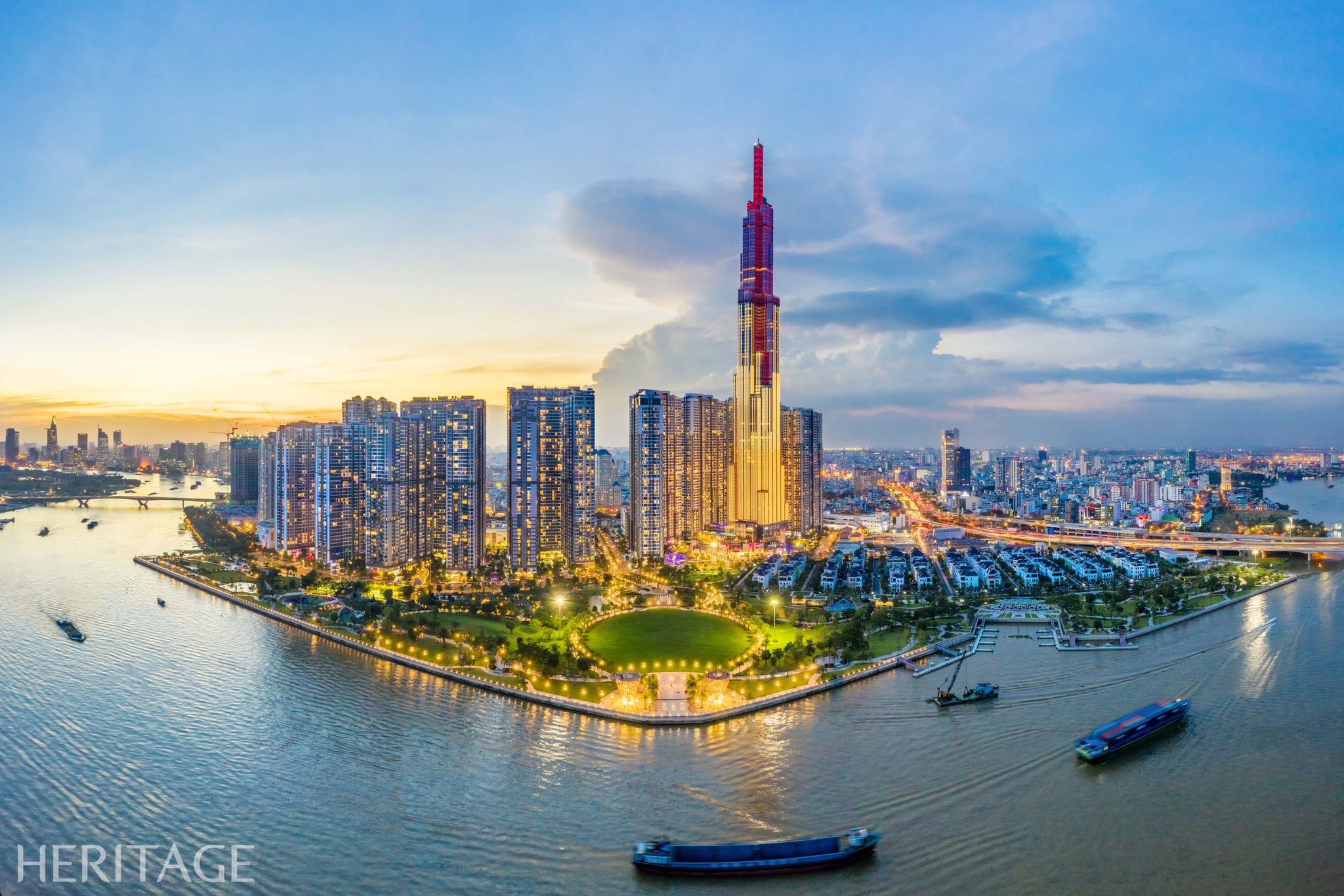

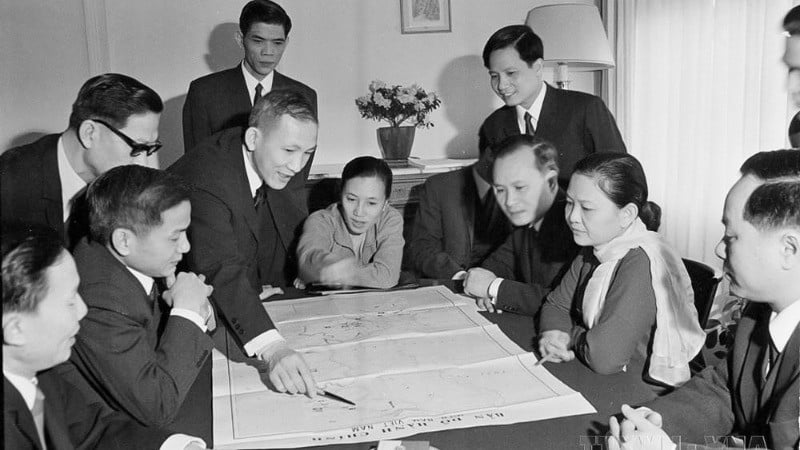


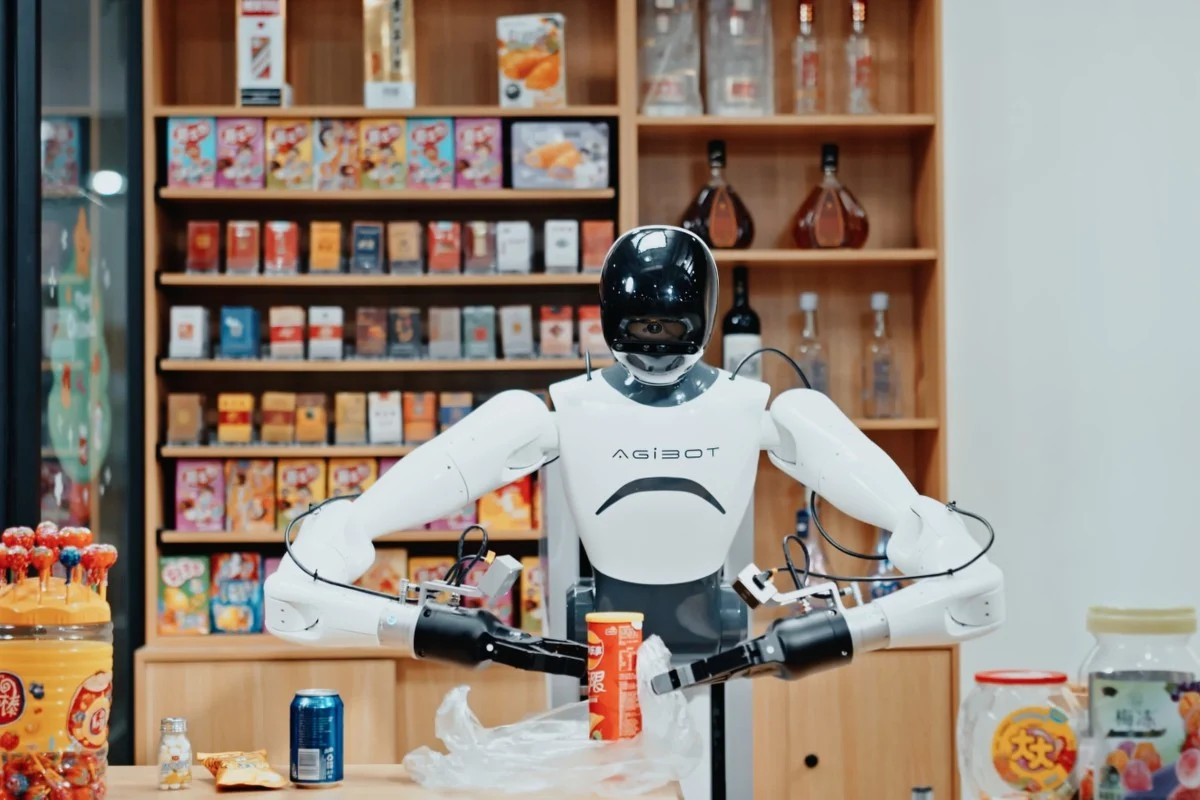
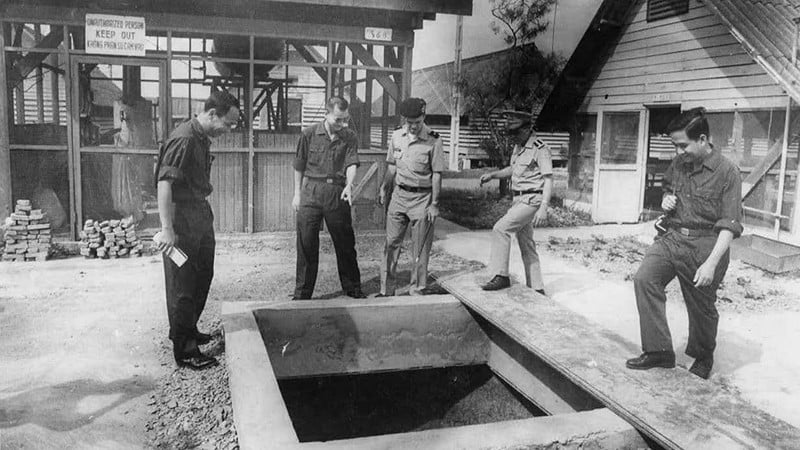
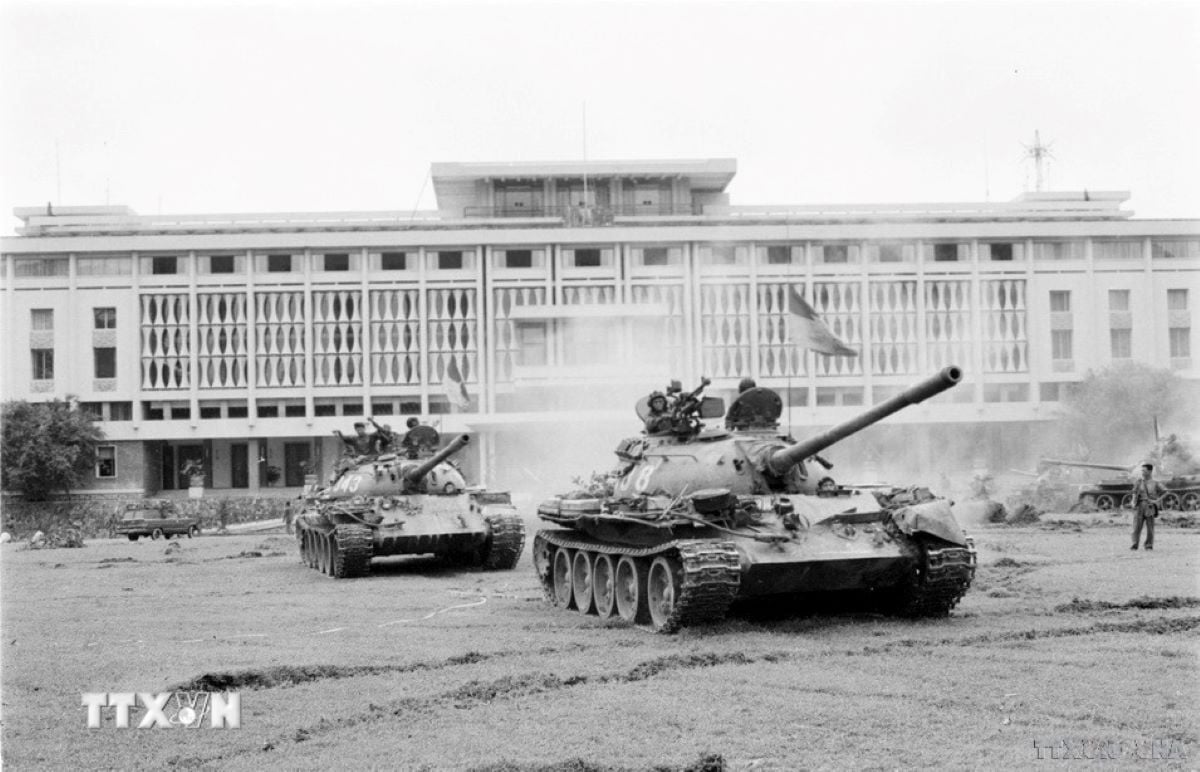








![[Photo] "Beauties" participate in the parade rehearsal at Bien Hoa airport](https://vstatic.vietnam.vn/vietnam/resource/IMAGE/2025/4/11/155502af3384431e918de0e2e585d13a)












































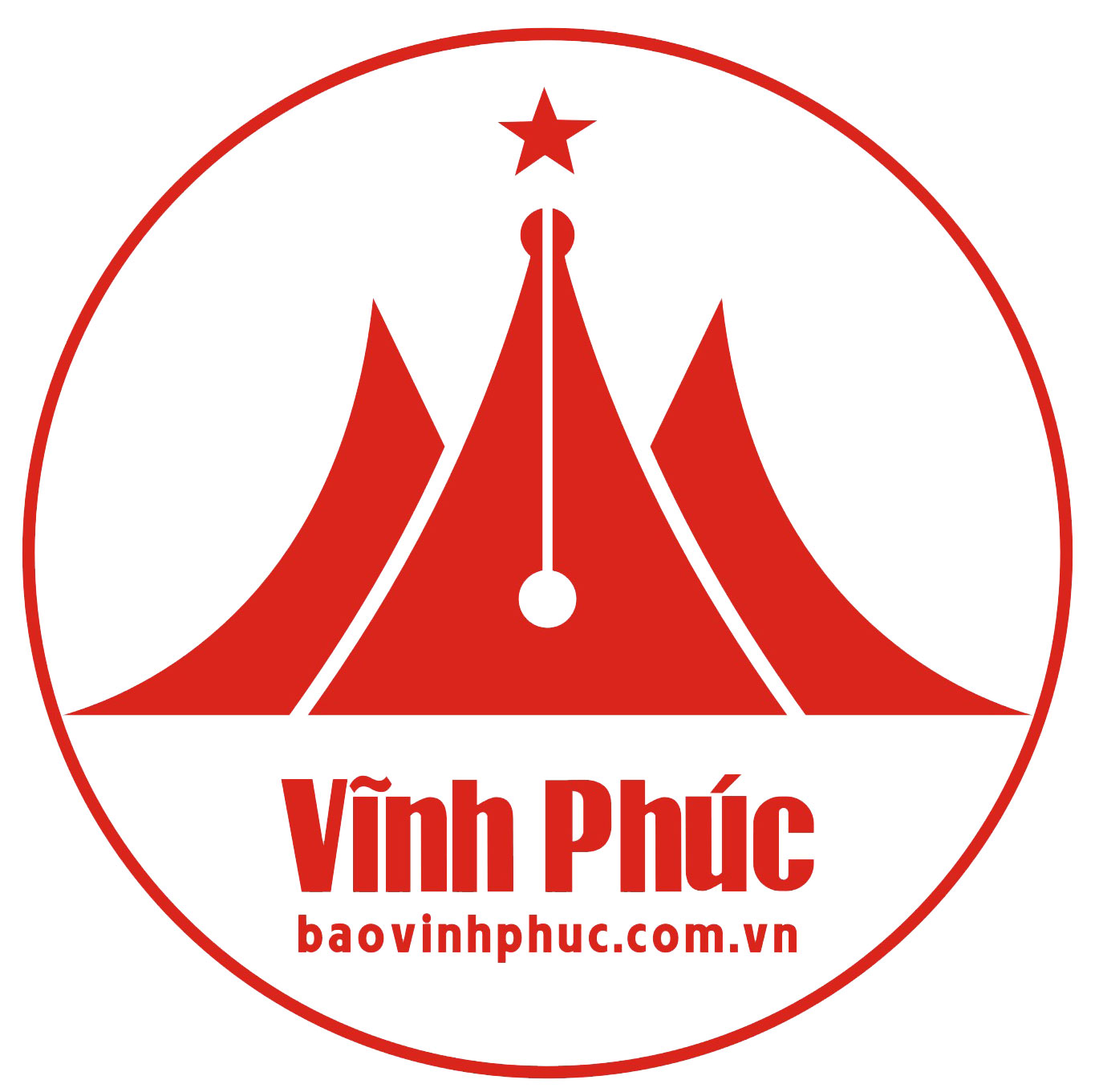
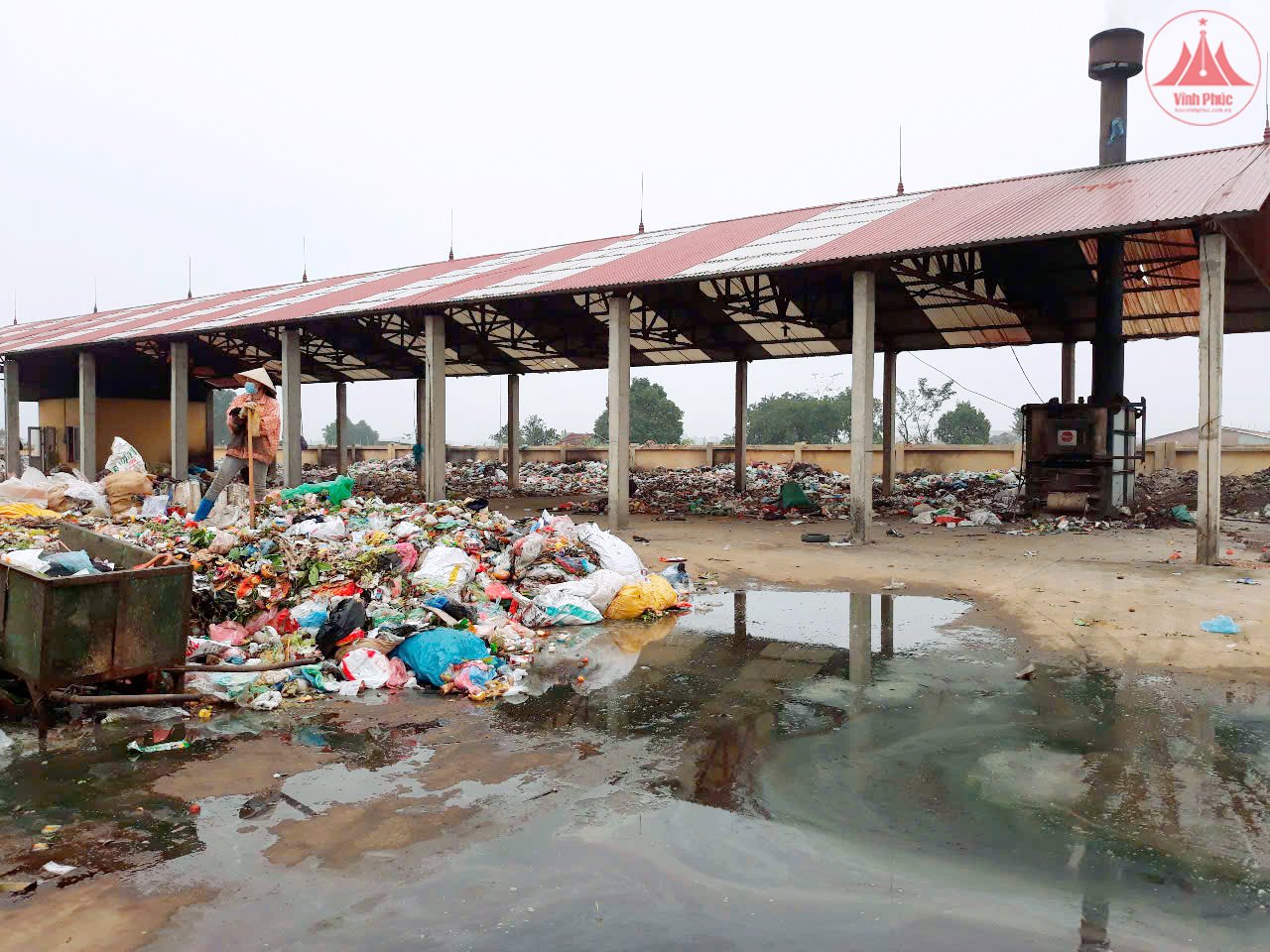
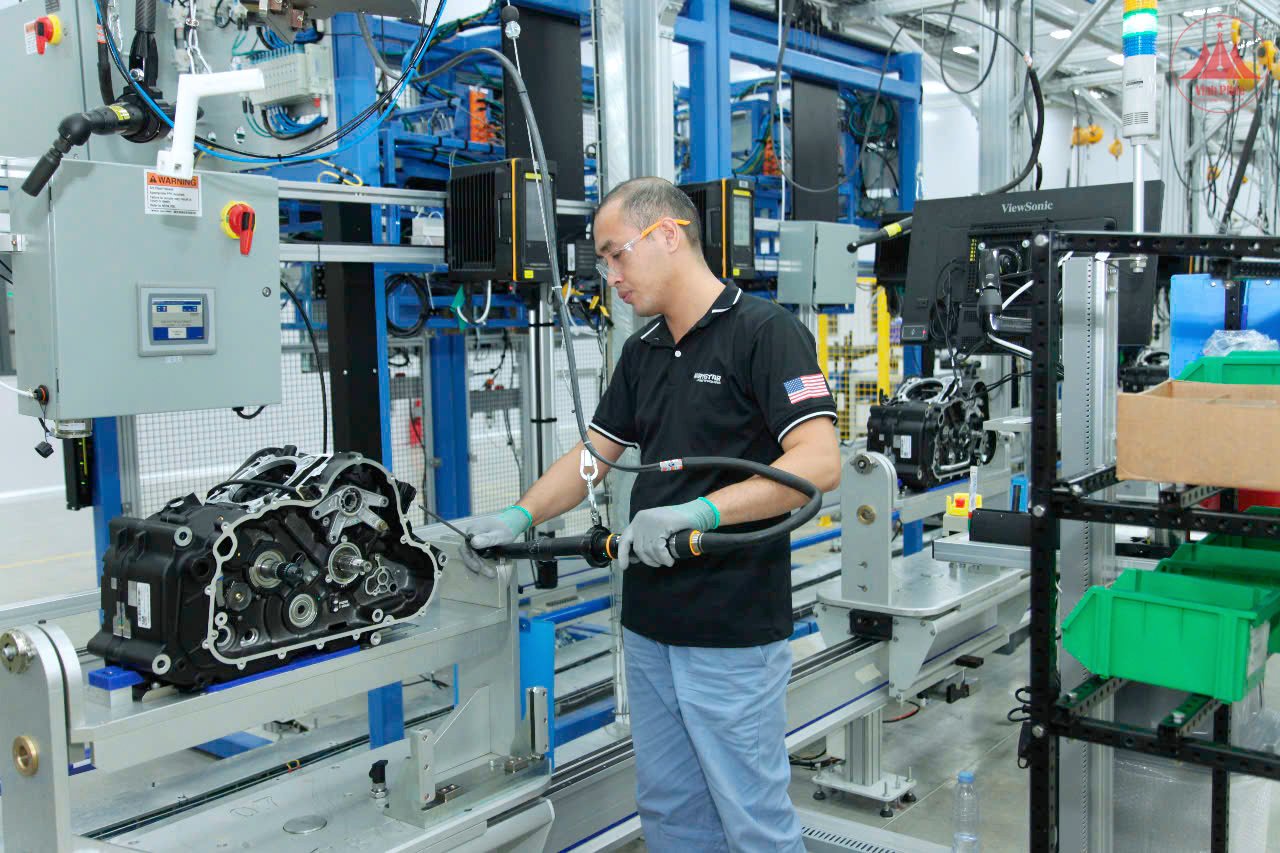
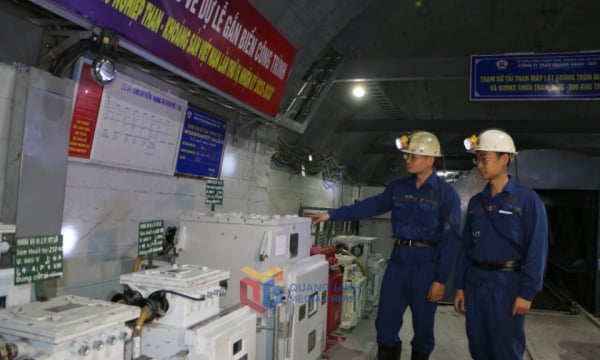

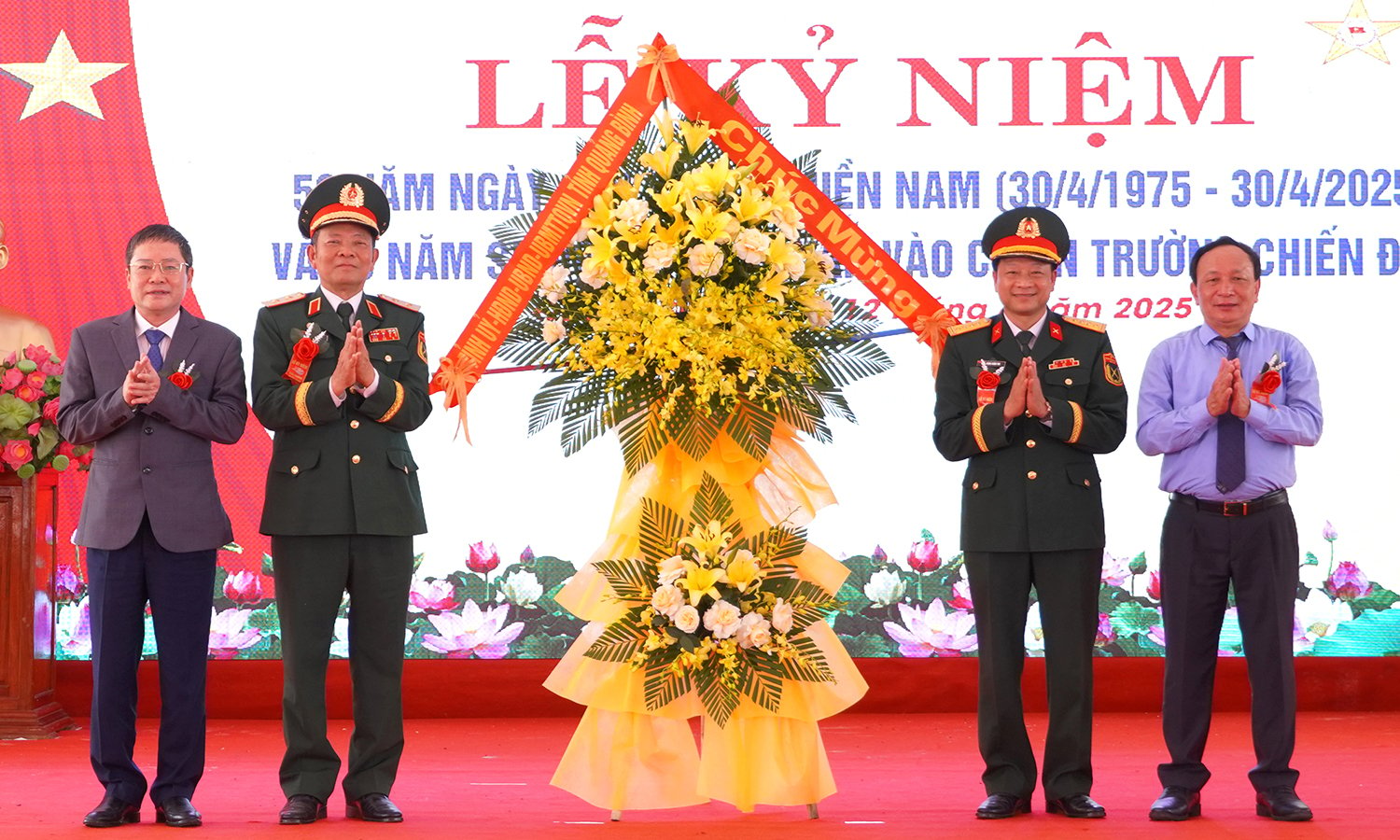
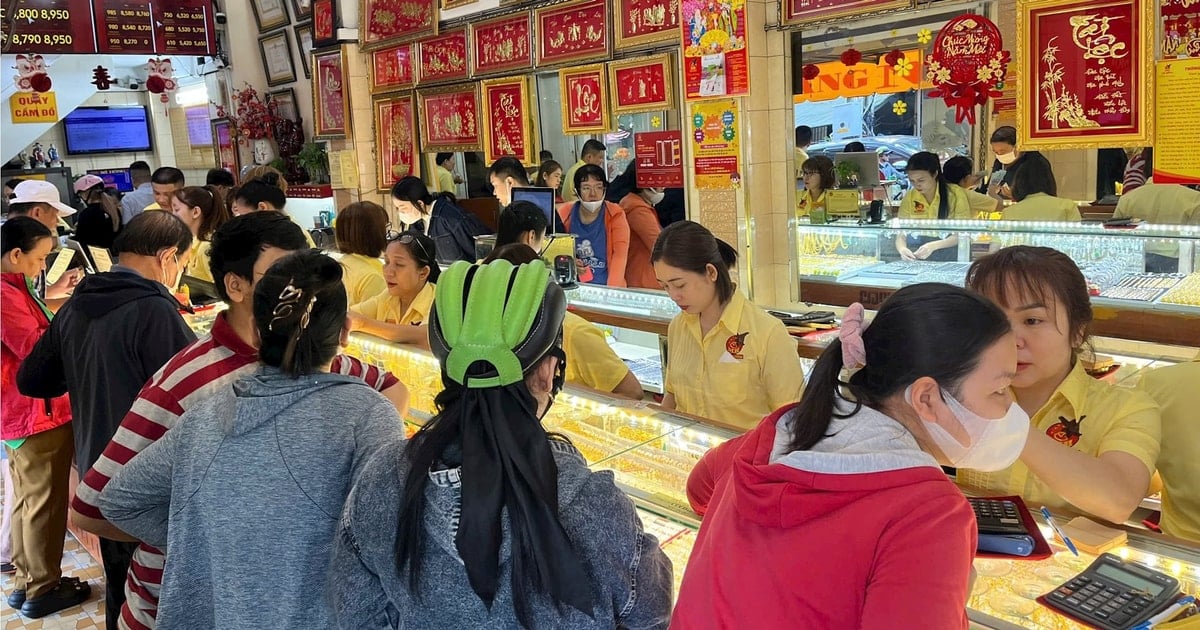











Comment (0)